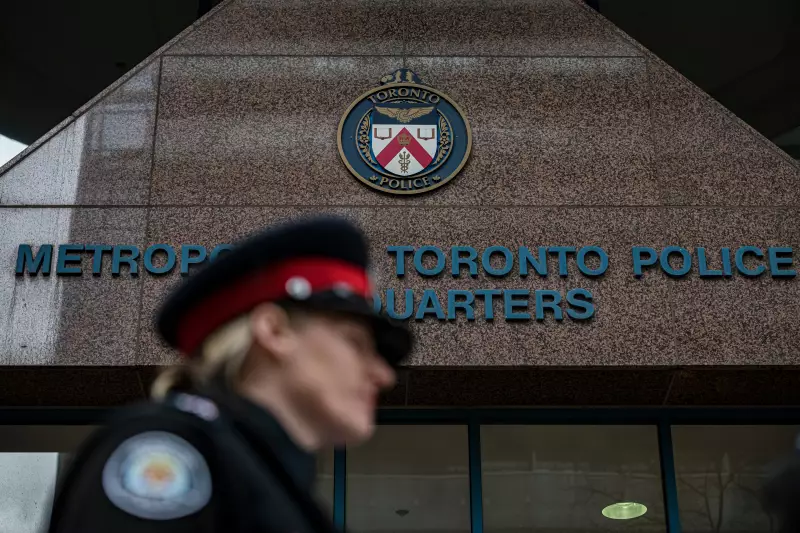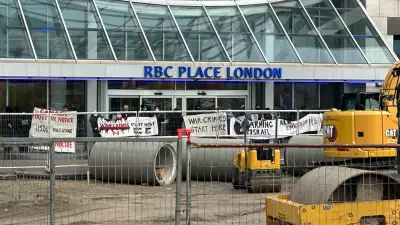
Groundbreaking Data Reveals Scope of Domestic Violence in Toronto
For the first time in history, the Toronto Police Services have made public comprehensive data on intimate partner violence occurring within Canada's largest city. This unprecedented release marks a significant step toward transparency in addressing domestic abuse cases that have long remained largely hidden from public view.
What the Numbers Reveal About Partner Violence
The newly released statistics provide crucial insights into the patterns and prevalence of intimate partner violence across Toronto neighborhoods. While specific numerical data points weren't detailed in the initial announcement, the release represents a landmark moment for advocates, researchers, and policymakers working to combat domestic violence.
This data transparency initiative comes after years of advocacy from community organizations demanding better tracking and reporting of intimate partner violence incidents. The information is expected to help shape more effective prevention strategies and resource allocation for victim support services throughout the Greater Toronto Area.
Implications for Public Safety and Support Services
The release of this intimate partner violence data enables a more informed public conversation about domestic abuse in Toronto. Community organizations and support services can now utilize this information to better target their outreach efforts and allocate resources where they're most needed.
Law enforcement officials emphasize that this data release aligns with broader efforts to improve police response to domestic violence situations and enhance coordination with social service agencies. The statistics will also provide baseline measurements to track progress in reducing intimate partner violence over time.
Advocates hope this increased transparency will encourage more victims to come forward and seek help, knowing that their experiences are being systematically documented and addressed by authorities. The data release coincides with ongoing efforts to improve training for police officers responding to domestic violence calls and strengthen partnerships with local shelters and counseling services.





